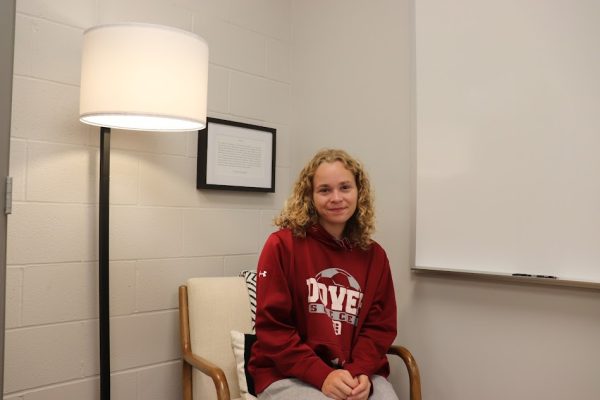It is easy to say that anterior cruciate ligament injuries have officially reached epidemic numbers, especially in women’s sports. Doctors from Yale Medicine, as of 2023, have estimated that approximately 175,000 ACL reconstruction surgeries are performed each year in the United States, with 80% of those injuries being non-contact. Non-contact means that no contact is made to the body of the athlete when the injury is sustained. On average, female athletes are nine times more likely than male athletes to have a non-contact ACL tear.
Not only is the amount of injuries at an alarming rate, but also the cost of overall surgery. According to Dr. Anthony Phillips at OrthoVirginia, ACL reconstruction surgery can cost an estimated $17,000-$25,000 per injury. Combined with the extensive surgery, other negatives follow the athletes including loss of a sports season, decrease in scholarships, lower academic performance, long-term disability, and a decline in their overall mental health. So what exactly causes this injury in such high numbers, and why is it more common in women?
An ACL injury is often caused by coming to a quick stop with a directional change while running, pivoting, landing, or overextending the joint in either direction. The reason it is more common in female athletes is mainly due to the structure of their knee joints. Women’s joints have more looseness and range of motion than men’s. Often, women also have less muscle mass around the knee, adding to more instability which can lead to a ligament tear if that ligament gets overstretched. However, all these negatives do not mean that the issue cannot be fixed.
There are an abundant amount of training programs that exist where their primary goal is to help reduce the risk of ACL injury. Research from Dr. Phillips has shown that female athletes can receive a decreased risk of injury by as much as 52% by participating in these programs. There are three vital exercise components that maximize the decrease in injury risk. The three exercises are plyometrics, strength training, and neuromuscular training.
Plyometric training, also known as jump training, helps female athletes gain lower body power needed for sports. More importantly, it also helps train athletes on correct landing and jumping techniques. The second type of training is strength training. This can help address the strength imbalances that may show up between the quadriceps and the hamstrings, and also side-to-side differences in each individual leg. The last type is neuromuscular training which is used during all exercise types, but it mainly focuses on the improvement of muscle firing patterns to increase dynamic stability of the knee joints. This can be done with balance training, single-leg stability exercises, and agility drills.
If these three components are present in training, the athlete is more likely to see a dramatic decrease in the risk of injury. Not only should athletes try to do these things, but coaches should try their best to implement these practices into everyday training and educate their athletes about the risk of injury and seeing the signs early. While it will never be possible to completely eliminate the risk of injury, contributing these programs to an athlete’s routine will definitely help the effort.







